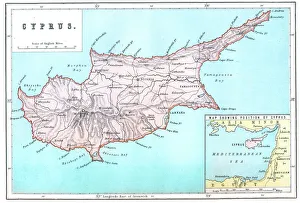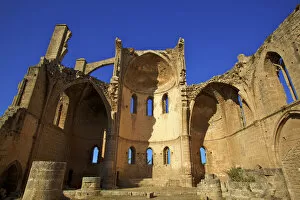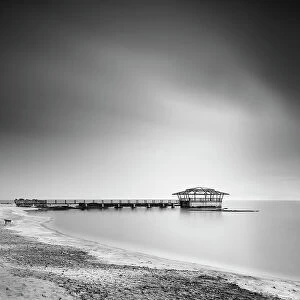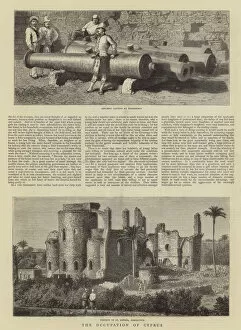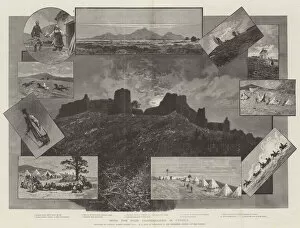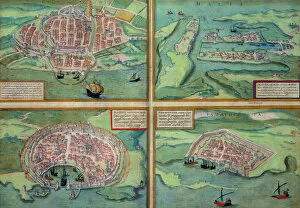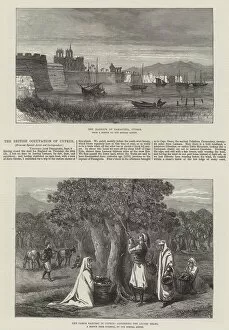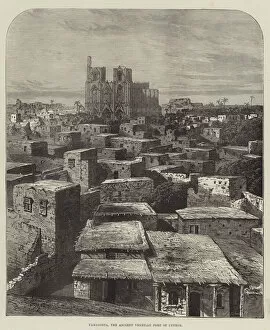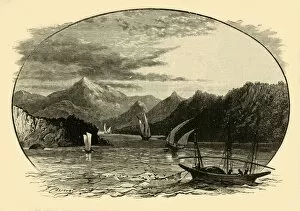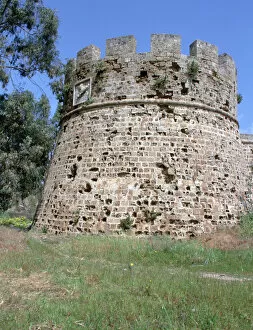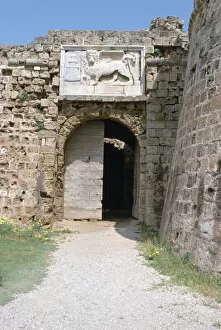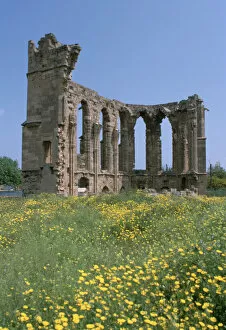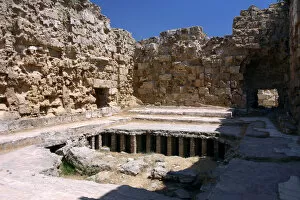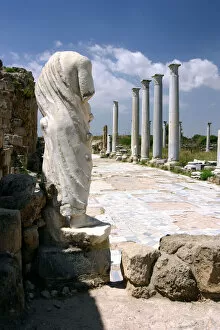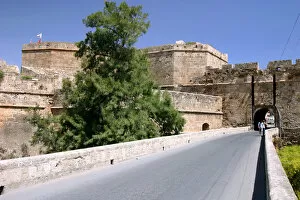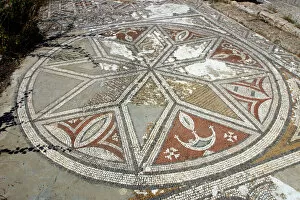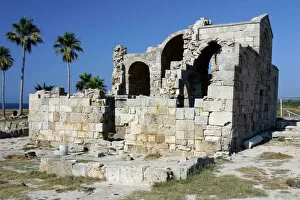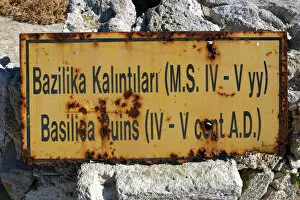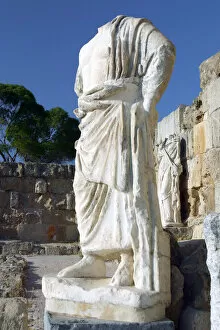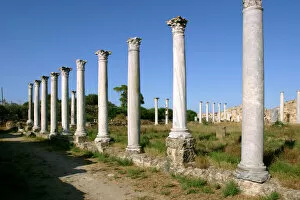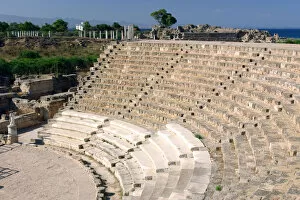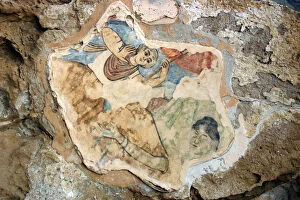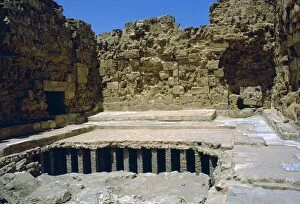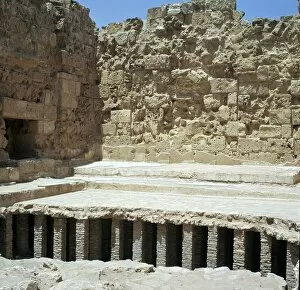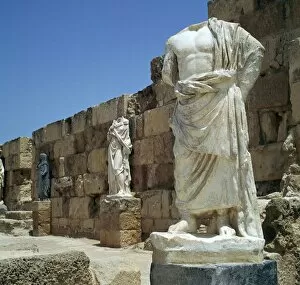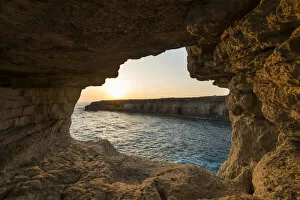Famagusta Collection
Famagusta, a city steeped in history and rich with cultural landmarks
For sale as Licensed Images
Choose your image, Select your licence and Download the media
Famagusta, a city steeped in history and rich with cultural landmarks. Located on the beautiful island of Cyprus, a place that captivates visitors with its charm and beauty. As you explore this enchanting city, you'll come across St. George of the Greeks Church, a stunning architectural masterpiece that stands as a testament to the city's religious heritage. Its intricate design and grandeur are sure to leave you in awe. But Famagusta is not just about churches; it also holds significant historical sites like Maras or Varosha district. This area serves as a buffer zone under UN control, reminding us of the complex political situation surrounding Cyprus. One cannot miss the Lala Mustafa Pasha Mosque (formerly known as Saint Nicholas Cathedral). This magnificent structure showcases the blending of different cultures throughout history and stands tall as an emblem of unity. Speaking of history, engravings depicting The Occupation of Cyprus take us back to tumultuous times when foreign powers exerted their influence over this land. These images serve as reminders of the struggles faced by Cypriots during those challenging periods. Famagosta, once an ancient Venetian port depicted in old engravings, has transformed into a vibrant modern city while still preserving its historical roots. It symbolizes resilience and adaptation through centuries. And let's not forget about Famagusta's strategic location on maps. From Civitates Orbis Terrarum to contemporary maps highlighting Calais, Malta, Rhodes - they all recognize Famagusta's significance in shaping trade routes and connecting civilizations. Famagusta is more than just a name on paper; it represents resilience against occupation and celebrates cultural diversity through its architectural wonders. So come visit this remarkable city where past meets present for your finest hour.

